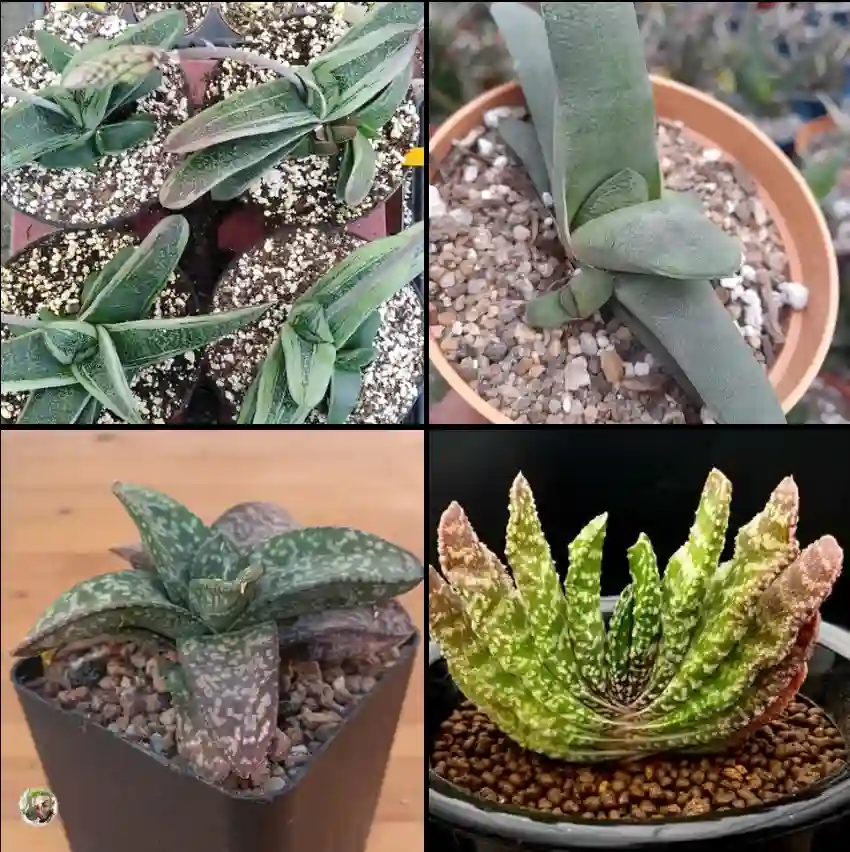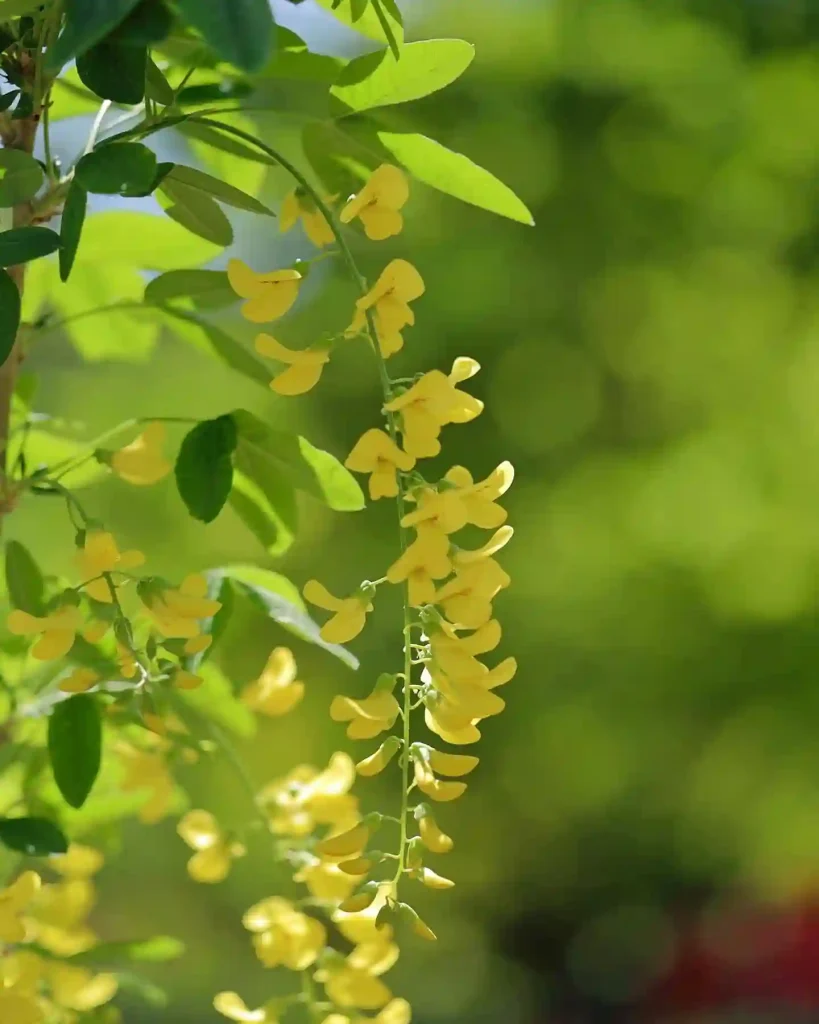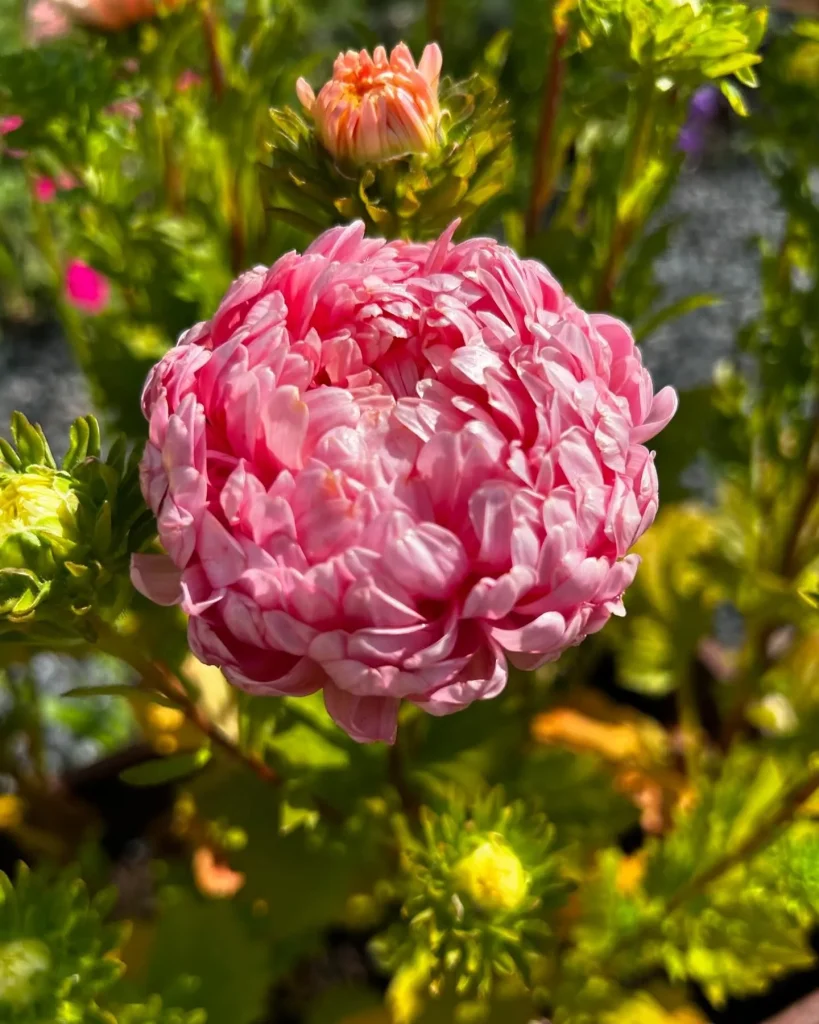The Marvel of the Namib: My Encounter with Welwitschia
The Namib Desert, a vast expanse of undulating sand dunes and gravel plains, stretches along the southwestern coast of Africa. It is a place of stark beauty, where life clings tenaciously to existence in the face of relentless sun and scarce water. Here, in this unforgiving landscape, I encountered one of the most extraordinary plants on Earth: Welwitschia mirabilis.
My journey to see Welwitschia was driven by a long-held fascination. Ever since I first saw a picture of this bizarre plant in a botany textbook, I was captivated. Two leaves, just two, growing continuously from a short, woody stem for over a thousand years? It seemed impossible, a defiance of all I knew about plant life. I had to see it for myself.
And so I found myself driving for hours across the desolate landscape, the only signs of life the occasional oryx or springbok darting across the road. Finally, in the distance, I saw them: strange, sprawling forms that seemed more akin to something extraterrestrial than a terrestrial plant.
A Plant Like No Other
Approaching a Welwitschia is like encountering a creature from another world. Its two permanent leaves, leathery and strap-like, sprawl out from the central stem, becoming tattered and frayed at the ends. They can grow to several meters in length, their surfaces etched with the passage of time and the harsh desert conditions.
The plant’s most remarkable feature, however, is its longevity. Some individuals are estimated to be over 2,000 years old, making them some of the oldest living organisms on the planet. To put that into perspective, these plants were already centuries old when the Roman Empire was at its zenith.
A Monotypic Marvel
Welwitschia is a monotypic genus, meaning it contains only one species: Welwitschia mirabilis. This makes it even more unique, a solitary survivor in a lineage that stretches back millions of years. It is the sole representative of the family Welwitschiaceae and the order Welwitschiales, placing it in a unique position within the plant kingdom.
This ancient lineage is reflected in its classification. Welwitschia belongs to the division Gnetophyta, a group of gymnosperms that also includes the genera Gnetum and Ephedra. Gnetophytes share some characteristics with both conifers and flowering plants, making them a subject of ongoing research and debate among botanists.
Adaptations for Survival
The Namib Desert is one of the driest places on Earth, receiving less than 100 millimeters of rain per year. So how does Welwitschia survive in such an extreme environment? The answer lies in its remarkable adaptations.
The plant’s long taproot can reach deep underground water sources. But perhaps even more crucial to its survival is its ability to absorb moisture from fog, which rolls in from the Atlantic Ocean. The leaves are covered in stomata, tiny pores that can open to take in moisture from the air. This adaptation allows Welwitschia to thrive in an environment where most other plants would perish.
A Conservation Icon
Welwitschia mirabilis is a symbol of resilience and adaptation. It is a reminder that life can find a way to flourish even in the most challenging environments. However, this remarkable plant is not immune to threats. Overgrazing by livestock and illegal collection pose significant risks to its survival.
Fortunately, conservation efforts are underway to protect Welwitschia. In Namibia, the plant is a national symbol and is protected by law. Efforts are also being made to raise awareness about the importance of conserving this unique species for future generations.
A Lasting Impression
My encounter with Welwitschia was a humbling experience. Standing in the presence of these ancient beings, I felt a profound sense of awe and wonder. Their ability to endure in such a harsh environment is a testament to the tenacity of life.
As I left the Namib Desert, I carried with me a renewed appreciation for the diversity and resilience of the natural world. The image of Welwitschia mirabilis, its leaves stretching out like arms embracing the desert wind, remains etched in my memory, a symbol of survival against all odds.




